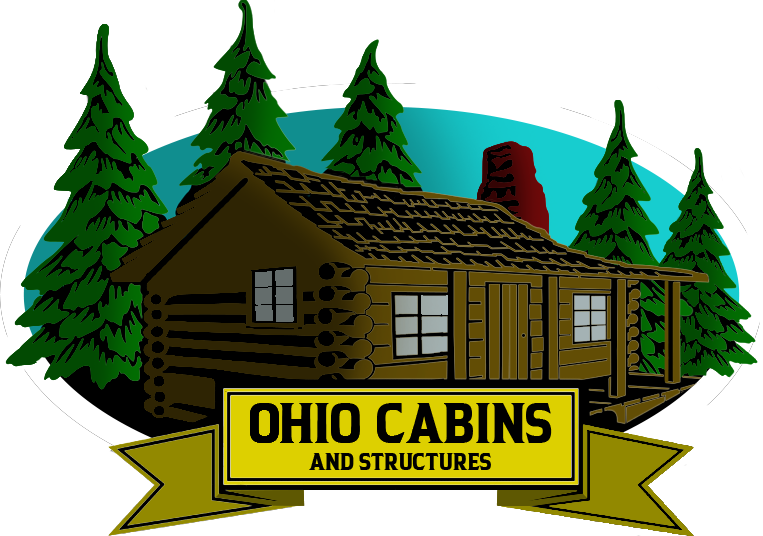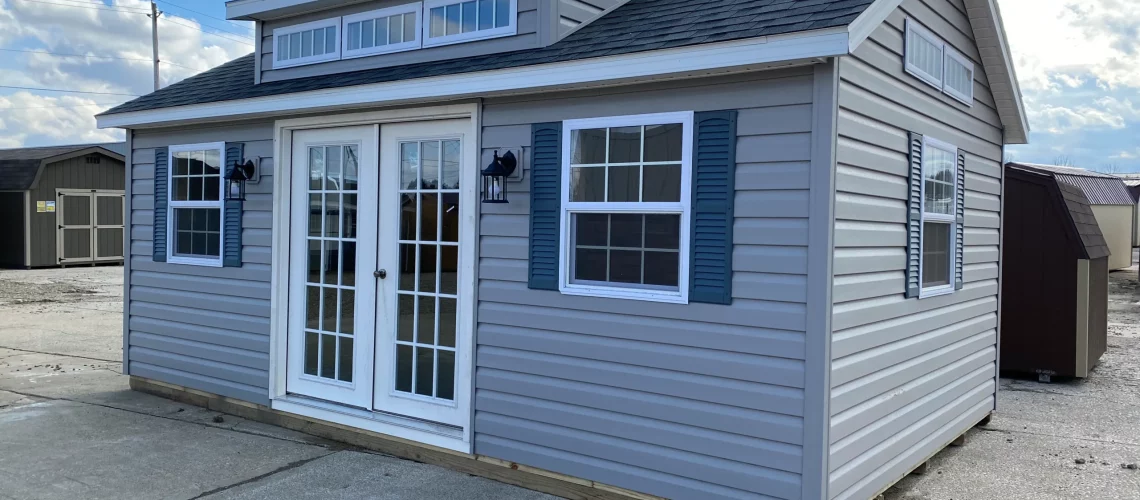When considering a new home, many people immediately think of traditional stick-built homes. But what about modular or prefab homes? A modular home is built off-site in sections and then shipped to the homeowner’s lot for assembly. Modular construction has become increasingly popular with both builders and homeowners due to its cost effectiveness and convenience, but one of the most common questions asked is: How long do they last? In this blog post we will explore the lifespan of modular homes along with their advantages, disadvantages, and other considerations before purchasing – so if you are interested in learning more about modular homes read on!
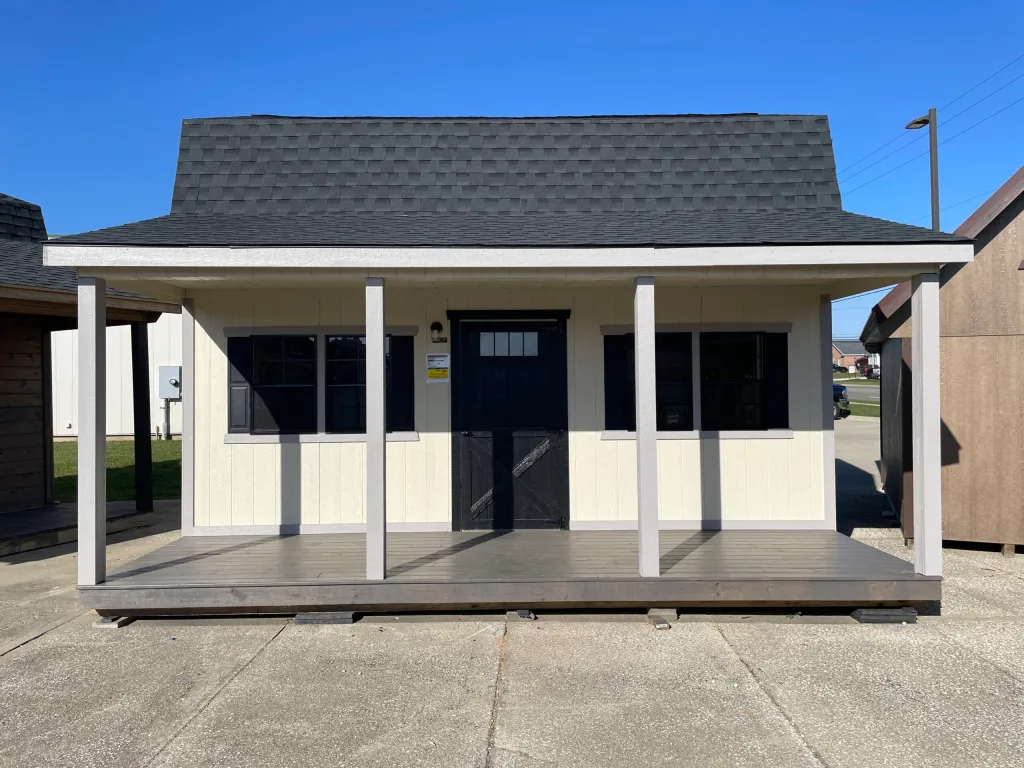
What are Modular Homes and How They Differ from Traditional Homes
Modular homes are becoming increasingly popular among homeowners, but what exactly are they? Simply put, a modular home is a type of prefabricated house that is built in sections, or modules, in a factory and then transported to the building site for assembly. These sections are constructed to meet the same building codes and standards as traditional homes, and the finished product looks just like any other house on the outside. However, there are some key differences between modular homes and traditional homes. For one, modular homes are typically more affordable than their stick-built counterparts, as the controlled factory environment allows for greater efficiency in the construction process. Additionally, modular homes are often more energy-efficient and eco-friendly, as they are built with sustainable materials and use modern technology to reduce energy consumption. Overall, modular homes offer a unique blend of affordability, efficiency, and sustainability that make them an appealing choice for homeowners looking for a cost-effective and environmentally conscious housing option.
Benefits of Owning a Modular Home
When considering purchasing a new home, many people may not have heard of modular homes. However, there are many benefits to owning a modular home. Modular homes are built in a climate-controlled factory, meaning the construction process is not delayed by weather conditions like traditional homes. Additionally, because they are built indoors, they are not exposed to the elements like rain or wind during the construction process, resulting in fewer construction flaws. Furthermore, modular homes are often more energy-efficient than traditional homes due to their tight construction, leading to lower utility bills. Finally, modular homes can be customized to fit the specific needs and preferences of the homeowner, creating a unique living space that truly feels like home. Overall, owning a modular home offers many advantages and is becoming an increasingly popular choice for new homeowners.
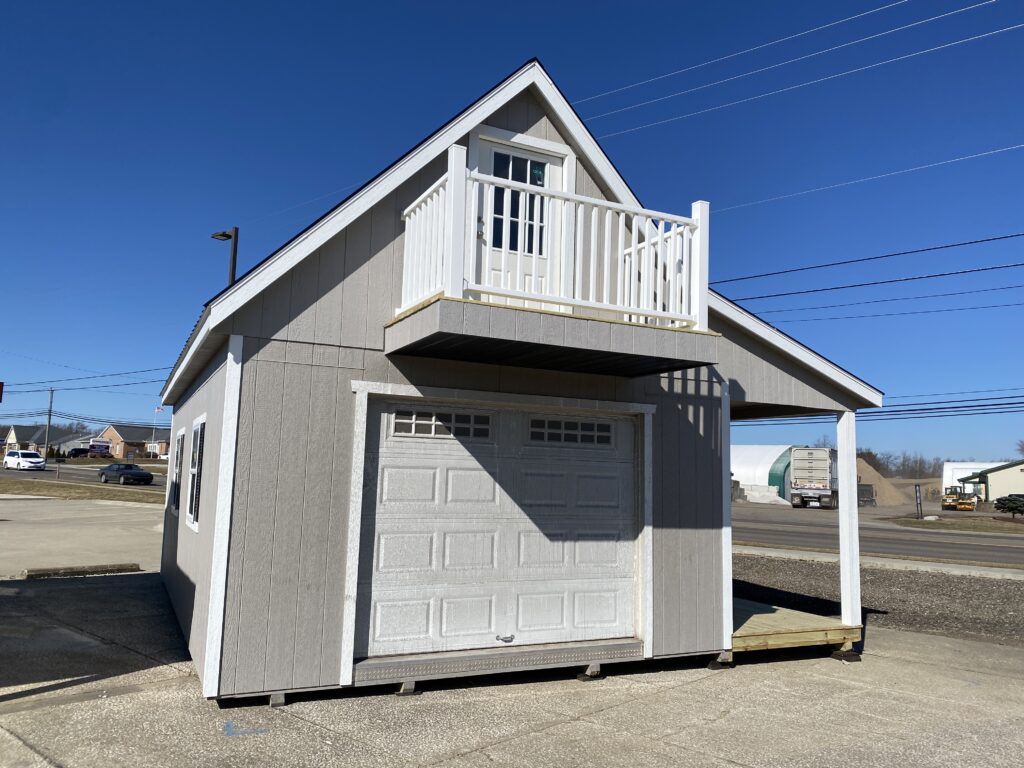
How to Increase the Life Span of Your Modular Home
Modular homes have become increasingly popular due to their affordability and convenience. However, like any other type of home, they require maintenance to keep them in good condition. The good news is that there are several things you can do to increase the life span of your modular home. Regular cleaning and inspections, proper ventilation, and keeping the foundation dry are just some of the ways you can ensure your home lasts for many years. With the proper care, you can enjoy your modular home for decades to come.
The Cost of Maintenance and Repair for Modular Homes
When it comes to modular homes, many buyers may assume that the cost of maintenance and repair will be significantly lower compared to traditional homes. While there are certainly some aspects of modular homes that lend themselves to easier maintenance, it’s important to understand that these homes still require upkeep and fixes just like any other living spaces. Some common issues that modular homeowners may run into include plumbing problems, issues with insulation, and general wear and tear on the exterior and interior of the home. While the cost of upkeep will ultimately depend on the specific home and location, it’s important for those considering modular homes to factor potential repair costs into their budgets and plans for long-term homeownership.
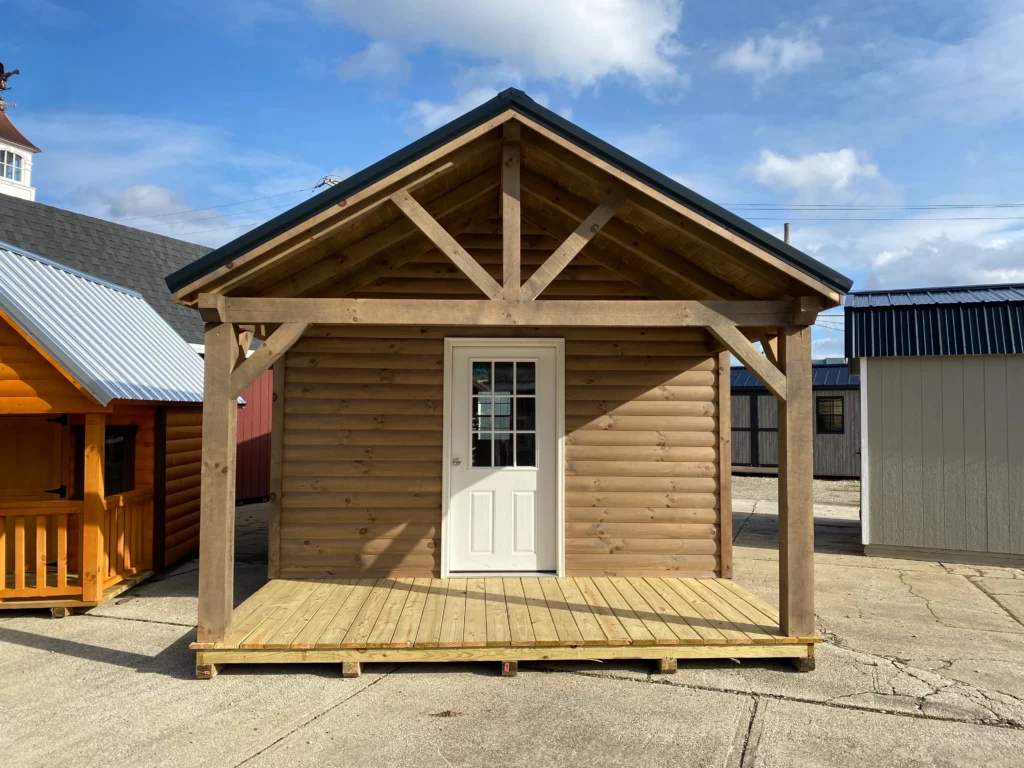
Factors that Affect the Life Span of a Modular Home
Modular homes have become a popular housing solution across the United States. Made from factory-built components, modular homes offer the flexibility to customize and design your living space. However, just like traditional homes, modular homes have varying life spans that are influenced by several factors. Climate, maintenance, quality of materials, and construction practices are some of the crucial determinants of the length of a modular home’s life span. For instance, a modular home located in an area with extreme weather conditions may experience more wear and tear than one located in a mild climate. As a potential homeowner, it is paramount to consider these factors when investing in a modular home to ensure that you get the most out of it.
Tips on Making Your Modular Home Last Longer
If you’re living in a modular home, you want to make sure it lasts as long as possible. Modular homes are great for their affordability, flexibility, and energy efficiency, but they still require proper maintenance to avoid wear and tear. One simple yet effective tip is to ensure that the home’s foundation is level and properly anchored. Uneven or shifting foundations can cause structural damage to the modular home. Be sure to also regularly inspect and maintain the roof, siding, and plumbing to prevent leaks and water damage. Lastly, keeping your home clean and free of clutter can help prevent damage and make it easier to identify and address any issues that arise. By following these tips, you can extend the lifespan of your modular home and continue enjoying its benefits for years to come.
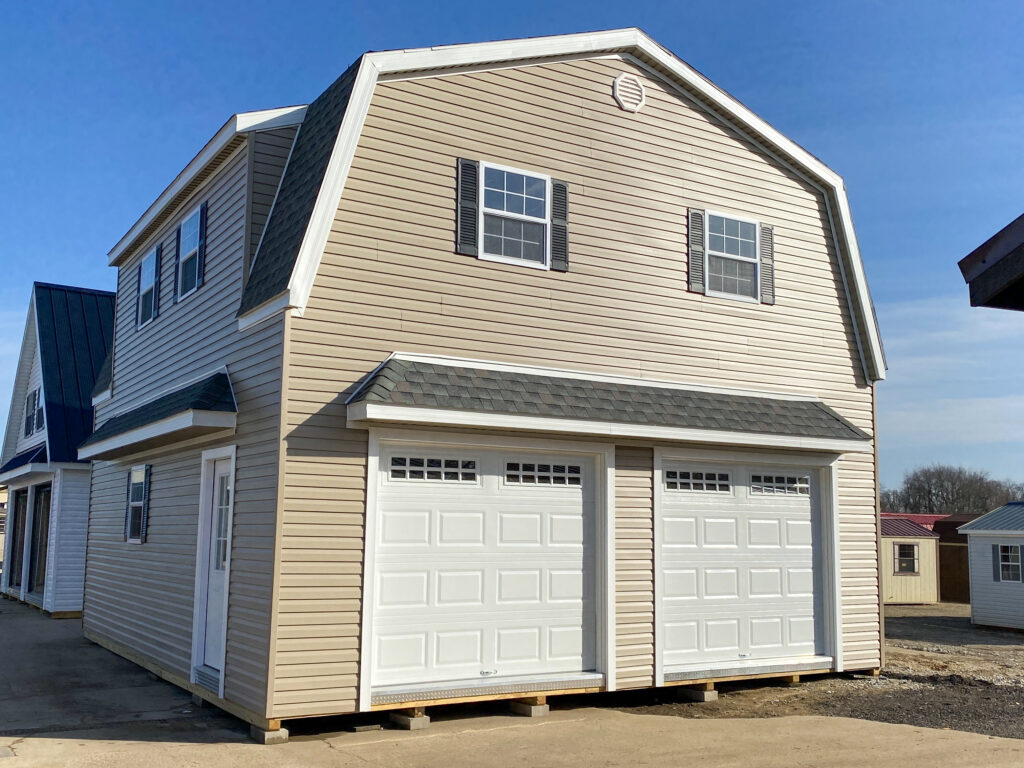
Conclusion
Ultimately, modular homes offer an affordable and convenient solution to housing. They are built quicker than traditional homes due to the prefabrication process, yet they can still look just as nice if taken care of properly. A modular home should last over 30 years with regular maintenance and repairs. By following our tips, you can extend the life span of your modular home even longer. Make sure to inspect your modular home for potential leaks or structural damage regularly to maximize its longevity.
Investing in a modular home can be a wise decision, but it’s important to know exactly what you’re getting into before investing. Take all the necessary steps to ensure that your new abode is secure and well-built with the right materials and proper maintenance work before signing the final paperworks. With this comprehensive knowledge surely you’ll have no trouble making your dream of owning a home into reality!
